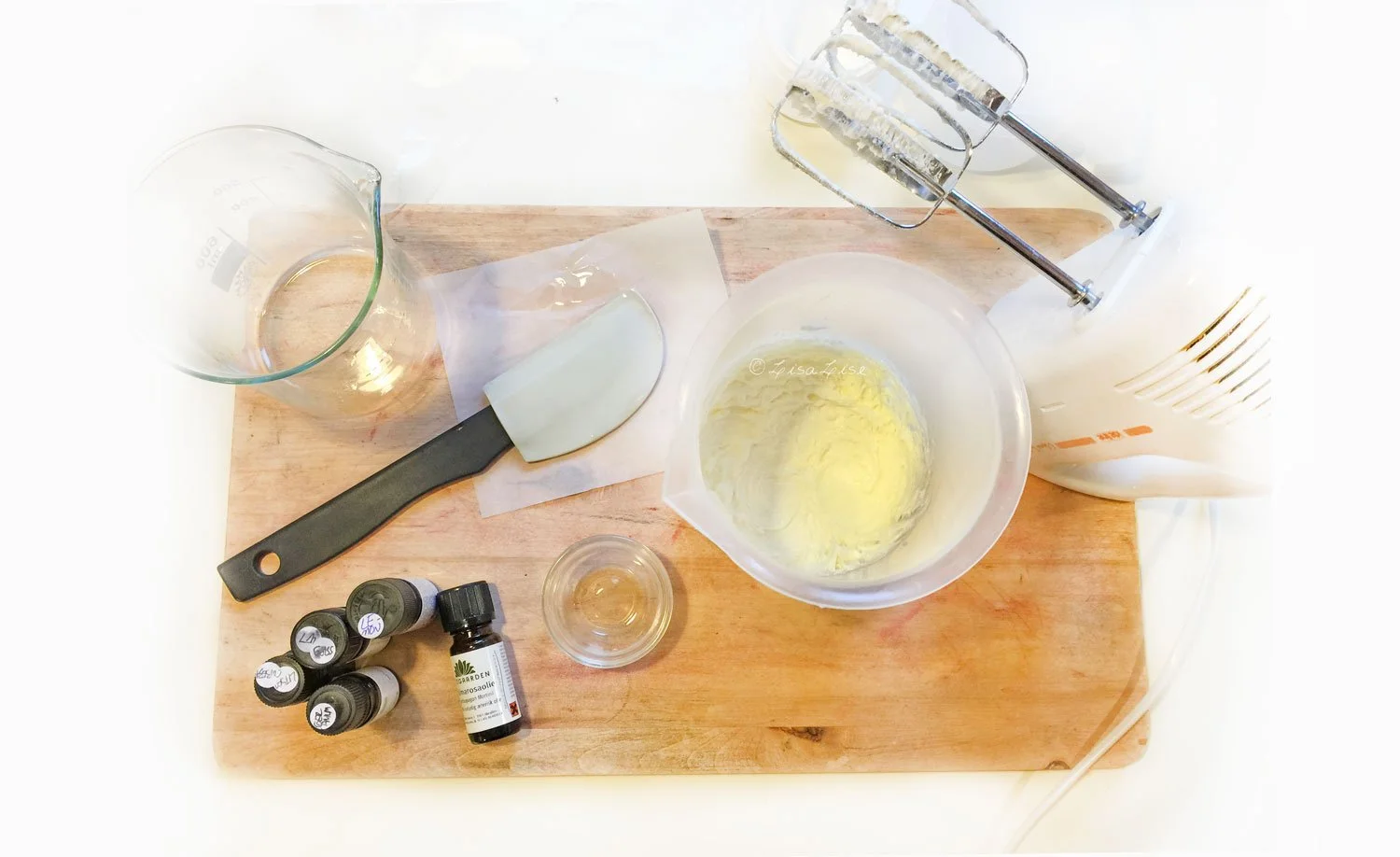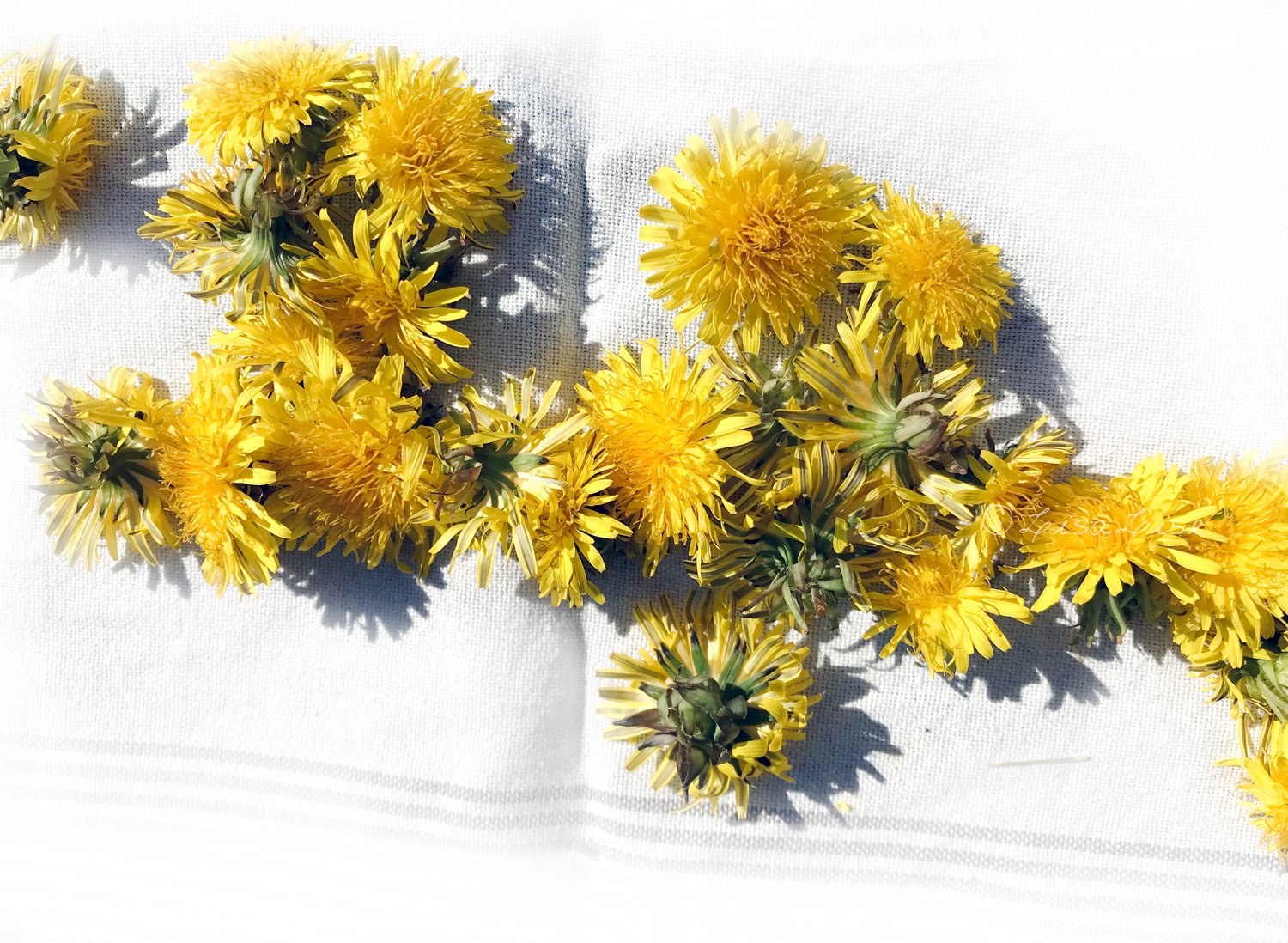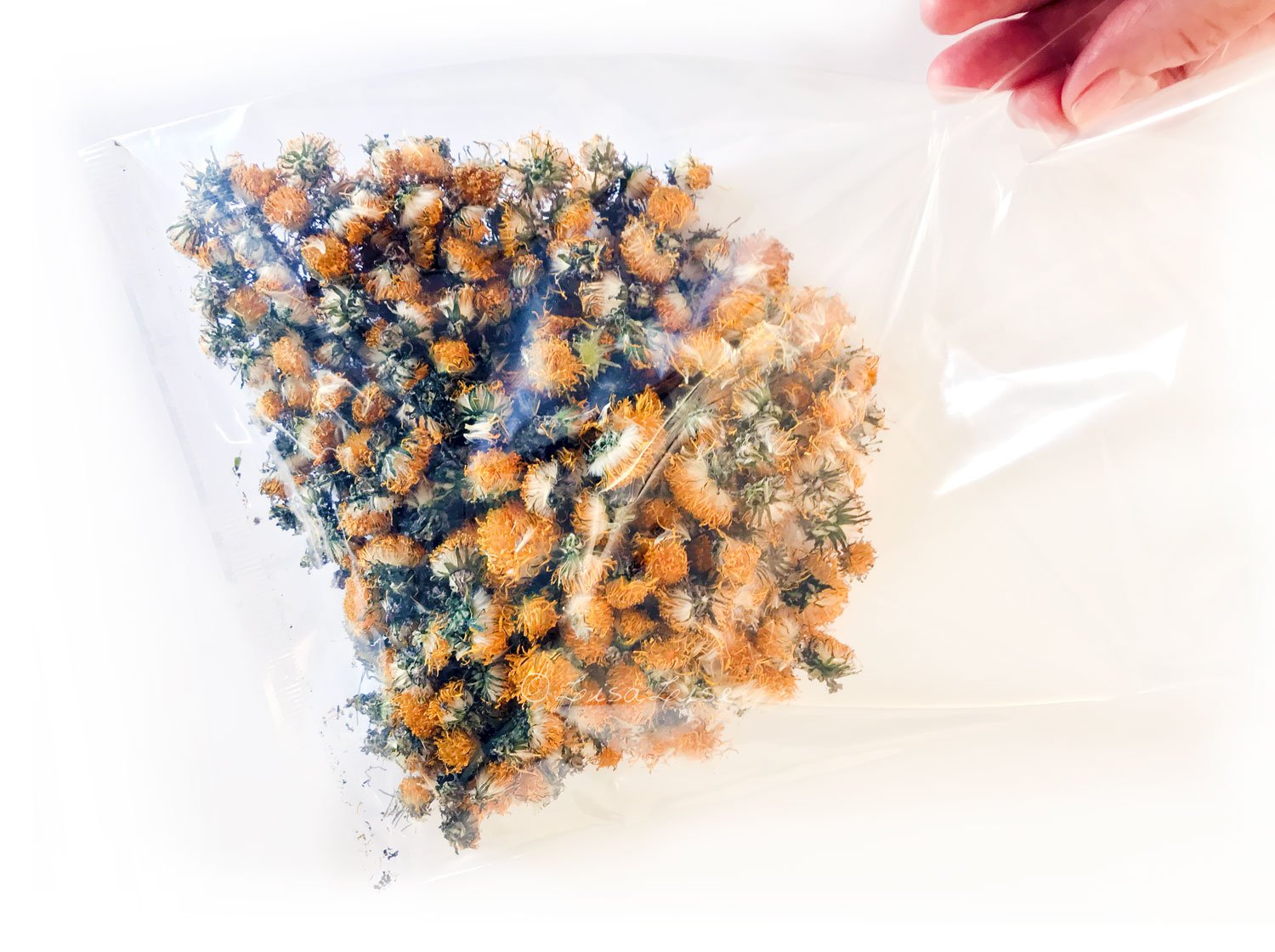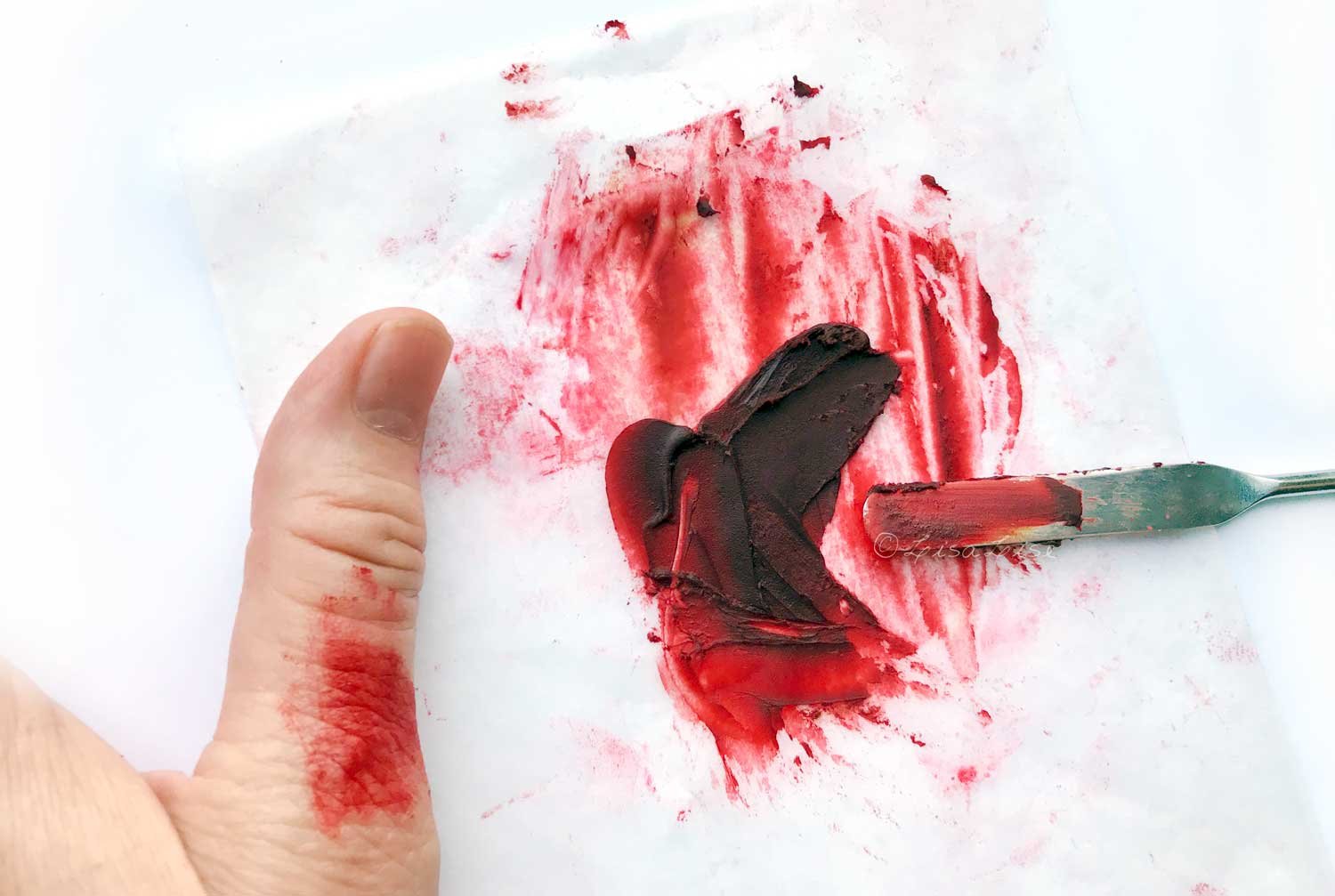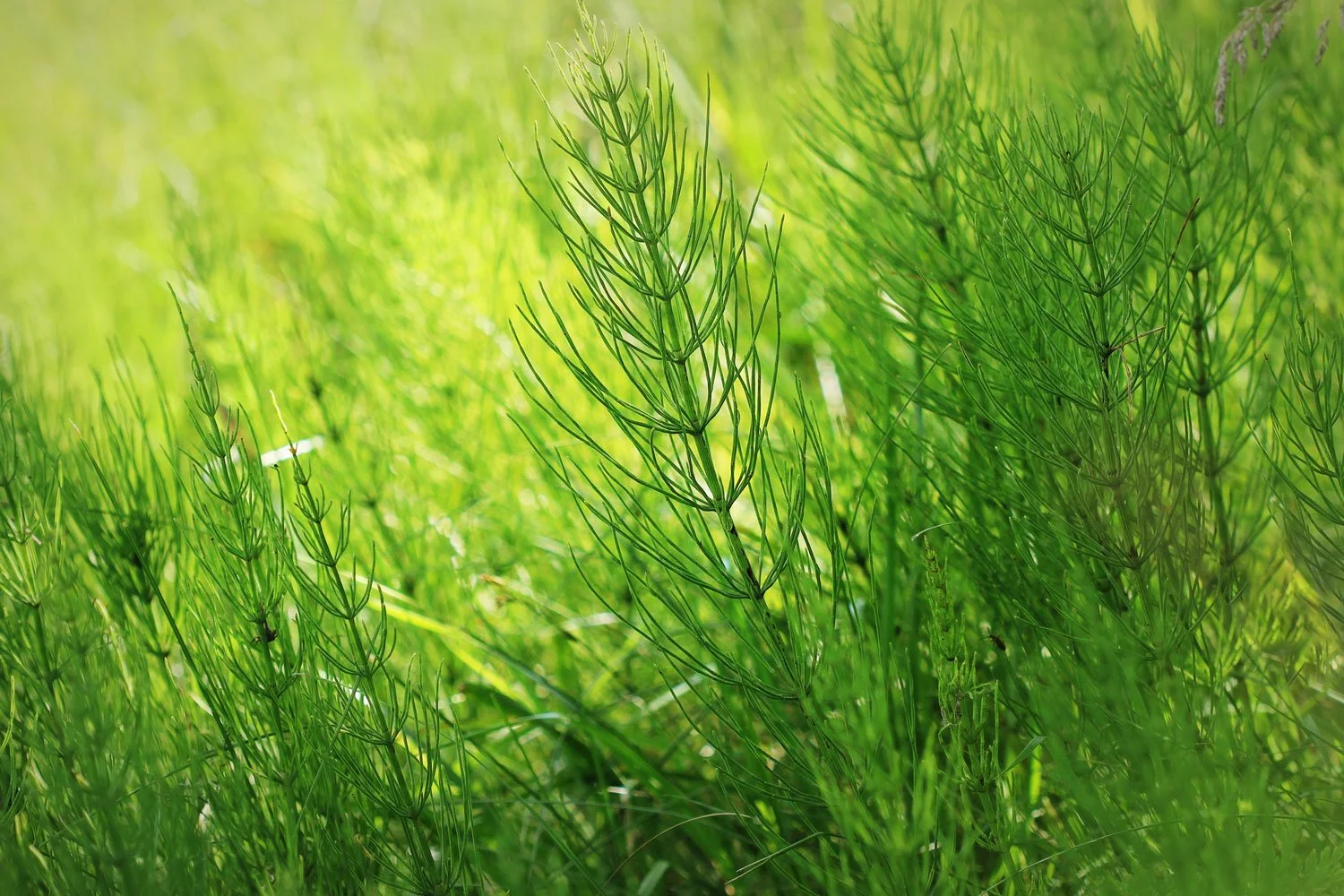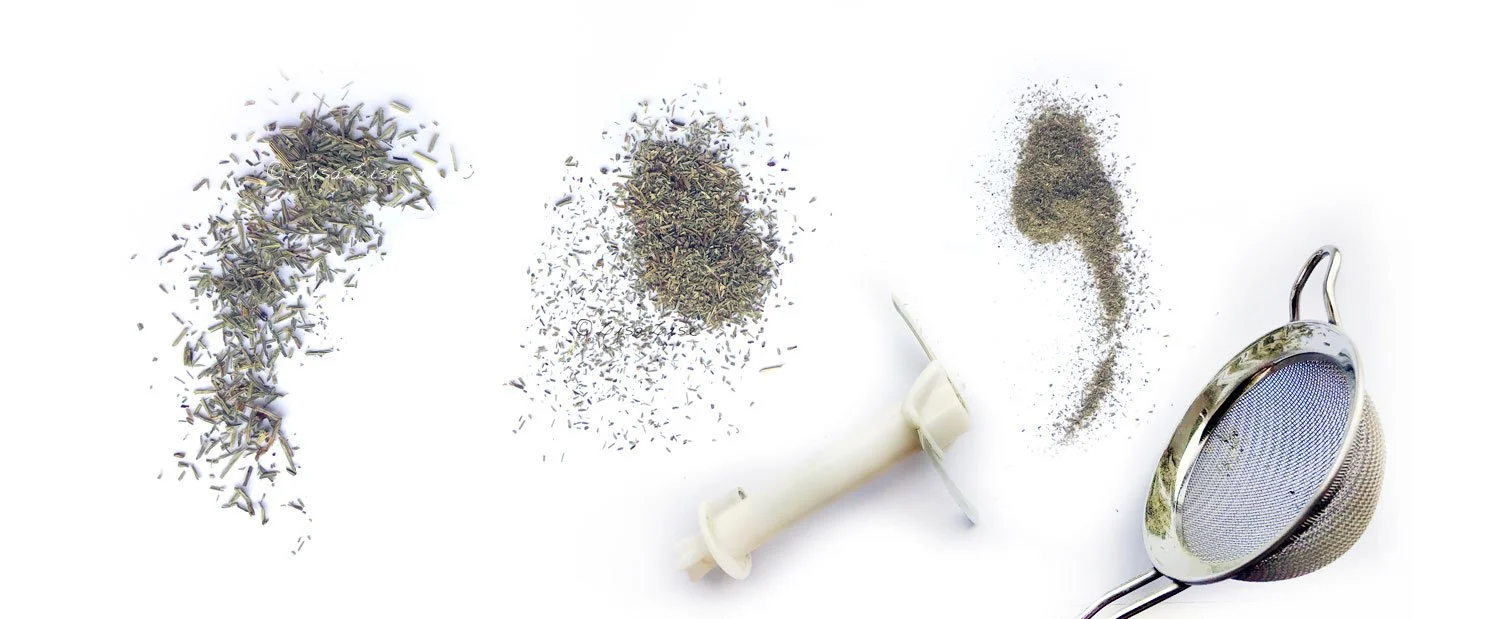What I Learned After a Year Doing Laundry with Soapnuts
Lise
Over a decade ago, the funny-looking little 'nuts' you see pictured above made their way into my life. They are all natural cleansers that grow on trees. I'm not kidding. Soapnuts (also called soap berries or wash nuts) have a natural content of saponins.
They have numerous cleansing uses for skincare and haircare but it was learning about its history of use for textiles that got me excited. Here was an all-natural, efficient and planet-friendly solution to commercial detergents!
It took me all of a nanosecond to abandon ALL of my regular laundry products and replace them with this little bag of drupes.
For a full year, all of my laundry was done exclusively with soapnuts.
When I say everything, I mean
Dishrags
Towels
Sheets
Whites
Undies
Silks
Sportswear
Wools
Teddy Bears
Tablecloths
and everything else that made its way into the washing machine
'Methinks this woman is mad'. (I clearly heard you think that)
Perhaps.
But I learned a whole heck of a lot of things about using soapnuts for laundry. And because you may just find my observations and experiences useful, I'm going to share them with you.
How to Use Soapnuts for Laundry
To do a load of laundry, it takes a mere 5-6 nuts (if you have water that is relatively soft). The soapnuts are placed in a small muslin bag that is tied shut and dropped into the washing machine. The little bag was even included when I bought the soapnuts. The bags can be reused, so one bag is enough for 4-5 washes.
Not only were we going natural, we were saving money! What's not to love?
They're a bit Vinegary
OK, there is one thing that takes a bit of getting used to: the smell. Some folks don't like the vinegar-like smell, but there is a workaround for that.
Adding a few drops of lavender essential oil to the bag just before putting it into the washing machine transforms the scent of the emerging laundry to a more neutral soapy-clean scent.
Because we had extremely hard water where I lived at that time, I discovered I needed about 9-10 soapnuts per full load. I also added the lavender essential oil in the beginning, but it didn't take long to discover that the vinegar smell disappears completely as the laundry dries. (I have always air-dried my laundry - either in a drying room or in the fresh air), so I stopped using the lavender essential oil after a while.
Where Soapnuts Shine for Laundry
After my detergent-free year of using soapnuts, I learned that they work exceptionally well for washing
colored silks
colored cotton
colored linen
colored wool
colored delicates
I know you're seeing a pattern here, and you are indeed spot-on. Soapnuts are great for natural fabrics that have color.
As I am not a fan of synthetic fabrics, I am unable to give you terribly much input on how soapnuts are with polyesters and the likes, but can share that my own gym clothes came out clean.
Where Soapnuts Don't Shine for Laundry
As much as I hate to admit it, there are things soapnuts really suck at. Washing whites and lighter colors eventually results in 'grays' (or, to be more precise, 'browns').
Well, judge for yourself by checking the picture above. The bag on the far left has been through 2 washes, and the bag on the right has been through about 50 washes. The darkening is a very gradual process.
It wasn't until I switched to a new bag I noticed how much the color had dulled.
There's More...
Soapnuts have an annoying habit of staining what they come into direct contact with (like the little muslin bags). The higher the washing temp, the more they stain.
This is a good reason to learn how to tie the bag shut in such a manner that the soapnuts have no chance of escape during a wash cycle.
Because if they do – the sheet pictured above on the right illustrates what happens to your lovely white sheets (the brown splotches part – not the green rings part. I added those on purpose so you could see the brown splotches part more clearly).
The bad news: the stains won't even consider coming out without persistence and bleach.
Which is why I went back to my old laundry detergent for whites, but still prefer using soapnuts for colored fabrics washed at lower temps.
That said, if you are willing to wash your whites at low temperatures, the soapnuts will not discolour the fabric as quickly, but it still dulls whites over time.
Do Tell
Have you ever used soapnuts for laundry? What were your experiences with it?
Are you a thinking of becoming a member? Check the Club page to learn what kind of exclusive content you’ll have access to.






